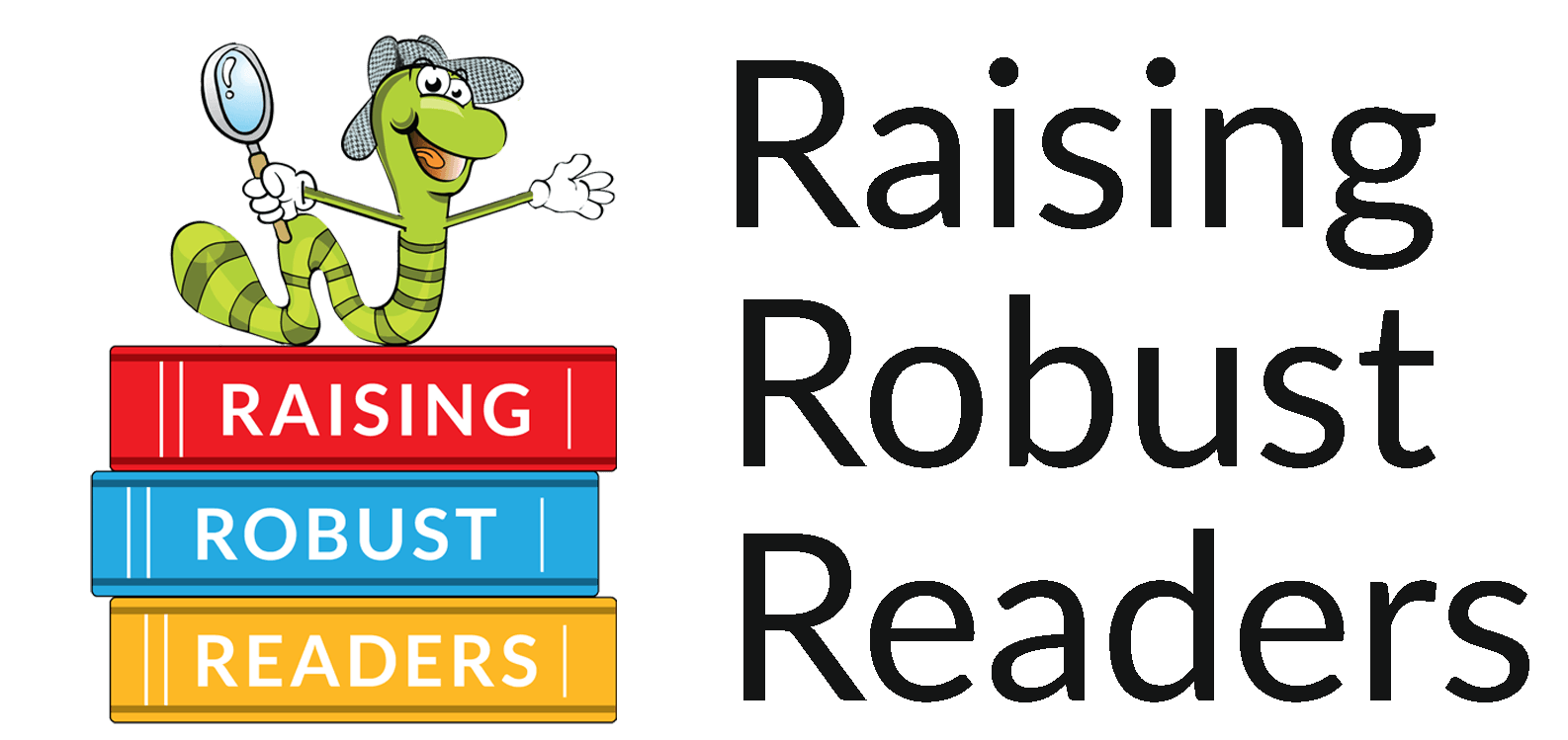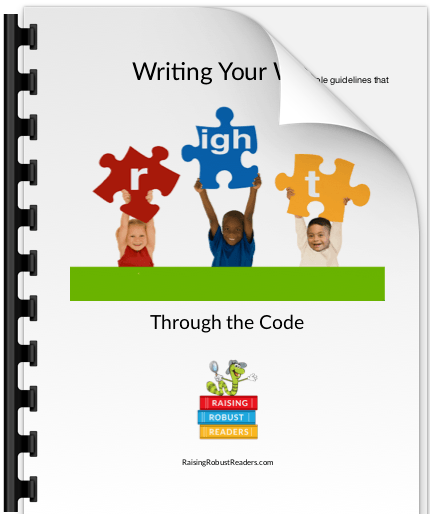RRR Online Course Overview
Train the Brain eReaders*
Writing Your Way Through The Code*
Online Course Modules

Train the Brain eReaders
Available with Essentials Plus and Premium Programs
Train the Brain Readers align with the course modules along Wordy's Road Through the Reading Code. Children will not have to struggle or guess when reading these since they will have been taught how to decode each one before they are presented with the reader. Phonograms are introduced and added to each decodable reader in a systematic sequence. Each phonogram is presented in a story and used multiple times for sound and pattern recognition. As children learn to read more phonograms, the readers become more sophisticated. Take a peek.
The Building Blocks for English Words
Available with Essentials Plus, Classroom and Premium Programs
Writing Your Way Through the Code is the writing complement to the Road Through the Reading Code. In addition to spelling lists, this 100+ page downloadable book, is also a compilation of simple guidelines that explain WHY words are spelled the way they are. Now, instead of just writing words multiple times in the hopes of memorizing them, students are given the insight to understand HOW to spell them.
.

Let's Get Started
Do you think English is a Crazy Language?
Do you Want to Cut the Confusion?
Discover how English is logical, sensible, predictable and easy to decode.

Module 1: Alphabet Access
ABCs - A New Sequence
We do not teach phonograms in alphabetical order. We separate vowels from consonants when teaching them to help children better understand their significance and how language sounds work.

Beginning to Blend
We want to 'train the brain" to read sounds in words, not letters by beginning blending with consonants and 'Sail Away' vowel buddy phonograms. Children will not have to unlearn a habit of reading every letter in a word, which is often developed in other reading programs.

Module 4: Vowels and Schwa
a, e, i, o, u, y...ə
Here we you will watch the video “Calling All Vowels” and review the vowel sounds. It’s important to focus on reinforcing basic alphabet knowledge of vowels and consonants. We won’t go into blending vowels just yet. We’ll concentrate on that when we get to Six Silly Syllable Street.

Module 6: Sight Word Dead End
In reality, almost all the “sight” words can be sounded out. Now you can give your child the right tools to READ sight words. How much more empowering it is to learn phonograms which can unlock thousands and thousands of words rather than memorize a list of some 200 words.

Module 8: Three of Those Stop Lights
th, ch, ed
The 'th' phonogram is so prevalent in words we want to be sure to stop at "Three of Those Stop Lights Ahead" and learn three multi-sound consonants.

Module 10: O Partner Overpass
ow, oo, ou
O-Partner Phonograms are used in several high-frequency words, and, like vowels, make more than one sound. The multiple sounds of each of these phonograms are taught in order of frequency.

Module 12: Draw Bridge
au, aw, augh
These copy cat phonograms are fun to say. Use them when you draw and play. Since we train the brains to see sounds instead of letters, reading
'c-augh-t' is just as easy as 'c-a-t.'

Module 14: E Partner Expressway
ea, ei, ei, ie
The multiple sounds of each of these phonograms are taught in order of frequency. Spelling the sounds of these e-partner phonograms is challenging. The Sound Dictionary has helpful clues.

Module 16: Quiet Corridor
ti, ci, si
Shhhh as you Cruise through the quiet corridor. Learn the shhhh sound found in syllables 2, 3 or 4.

Phonogram FUN
There are 72 phonograms in the words we read. Ignoring them may well cause your child to struggle. Here you will learn how to teach them through mulit-sensory play.

Module 2: Vowel Buddy
ai, ay, eigh, ee, igh, oa, oe
Unlike vowels which make multiple sounds, these phonograms make only one. They are easy to learn, and consistent to use when children first learn to blend sounds into words.

Module 3: Bossy R Park
er, ur, ir, ear, ar, or
This group teaches and reinforces the fact that one sound can be spelled different ways. Blending the 'Bossy r' phonograms with consonants yield an amazing number of words children can easily read.

Module 5: Syllables
Open, Closed, Magic e, Bossy r, Vowel Buddy, Consonant-le
Learn why phonograms and how they come together in words through just 6 syllable patterns are quite possibly the most important tools a child will ever learn. Syllables show how to read vowel sounds.

Module 7: Syllable Division
A word is like a birthday cake: it's easier to read if you cut it up in pieces.
Once children have learned to identify syllables in isolation, it is time to show them how we divide big words into syllables. Unless we teach them some basic guidelines, they could easily create incorrect syllable types and pronounce the word incorrectly.

Module 9: Busy Bee Bend
Busy Bee Silent e is at the end of words. But he isn't alway magic. Watch that ‘Busy Bee Silent e’ in action as Wordy explains his clues in his step-by-step mini-video lessons.

Module 11: Chick Crossing
tch, sh, wh, ng, ph, ck, gn, kn, wr, me. dge
Children are now writing words with sounds that can be spelled with different phonograms. The Phonogram Sound Dictionary and Spelling Clues book is especially helpful.

Module 13: Stinky Street Station
ew, ue, ui
Pee-yew, you might need a tissue when you cruise down this avenue. Be sure to plug your nose and zip by Stinky Street Station. These phonograms are fun and easy to learn.

Module 15: Play Point
oi, oy
Save up your coins and head to the toy store. Add phonograms ‘oi’ and ‘oy’ to your phonogram building blocks.
Join the blocks, and build a toy.

Module 17: Rough Road Ahead
ough
Here Wordy Worm will teach you tricks to learn this sound. It makes six!

Module 18: Bonus Bend
mn, tu, gh, gu, que, st
Many of these less common phonograms come from Old English and Greek words. Introduce these phonograms as your children encounter them.

